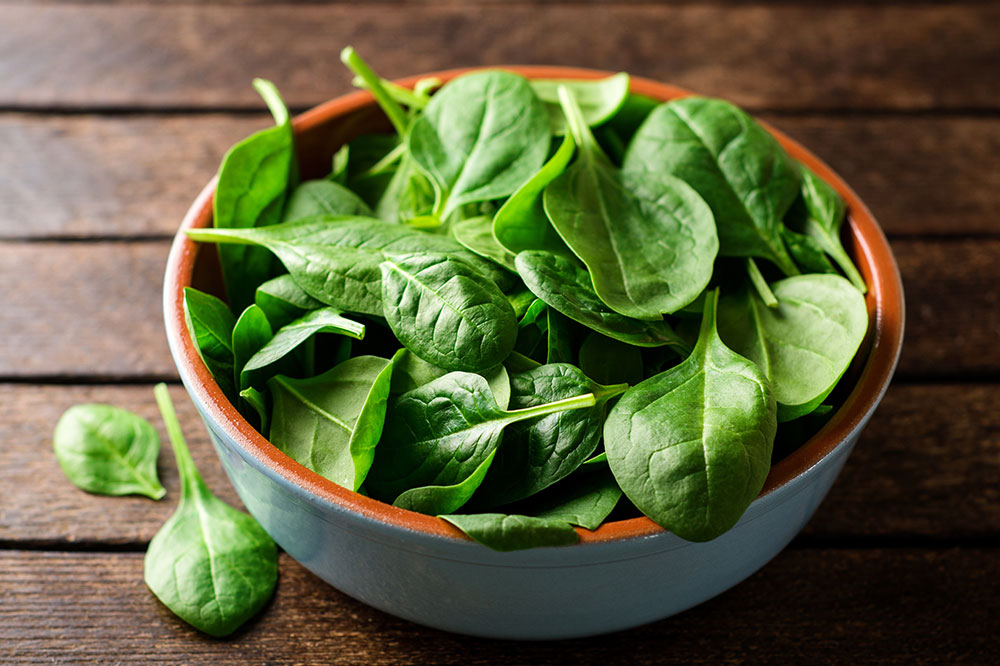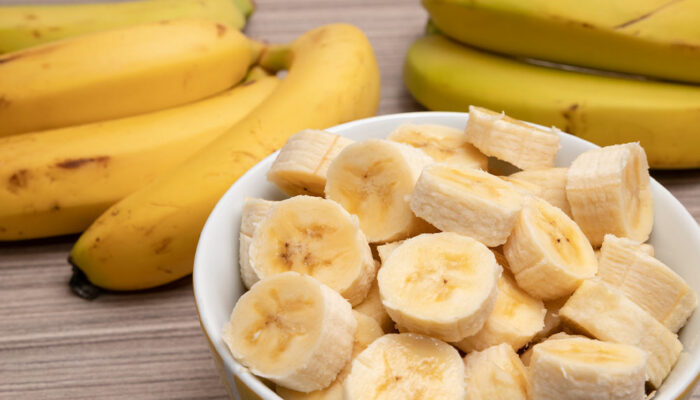
7 best foods that help manage seizures
Seizures are commonly sudden bursts of electrical energy in the brain. In most cases, these may be uncontrollable, causing the patients to change movements, levels of consciousness, and emotions. Hence it’s essential to look out for the condition’s symptoms and seek treatment. Further, one can change their food habits to manage the condition better. Keep reading to learn about the common symptoms and a few nutrient-rich foods that may help manage seizures.
Symptoms
Today, there are various types of seizures, and their symptoms can vary depending on their type – Partial or primary generalized seizures. While some patients can have mild symptoms, for others, they can turn out to be severe enough to affect daily activities. Therefore, here are some of the common symptoms of a seizure to keep an eye out for.
- Emotional changes – Fear, anxiety, or deja vu
- Uncontrollable jerking movements in both arms and legs
- Muscle stiffness
- Blank staring spells
- Temporary confusion
- Loss of consciousness
Top 7 foods that can help manage seizures
Typically, when trying to manage seizures and their accompanying symptoms, one can be suggested certain changes to their meal plans. Generally, these foods are advised to reduce the frequency of seizures, paving the way for better management. Some of the foods that can be opted for include:
Spinach
Leafy green vegetables such as spinach are rich in the nutrients the body needs. This encompasses vitamins and minerals. Especially magnesium, which can help calm the nervous system. Thus reducing the seizure activity in the brain. Moreover, leafy green vegetables have a low carbohydrate content and can aid in the reduction of inflammation in the brain.
Therefore, in addition to spinach, one can opt for leafy green vegetables like kale and Swiss chard to manage the condition and reduce seizures.
Salmon
Patients who have seizures are at an increased risk for heart attacks.









